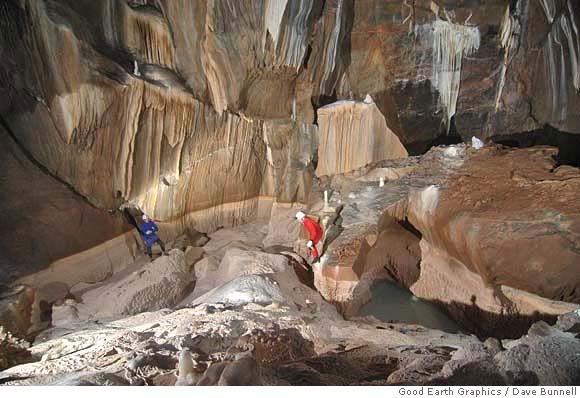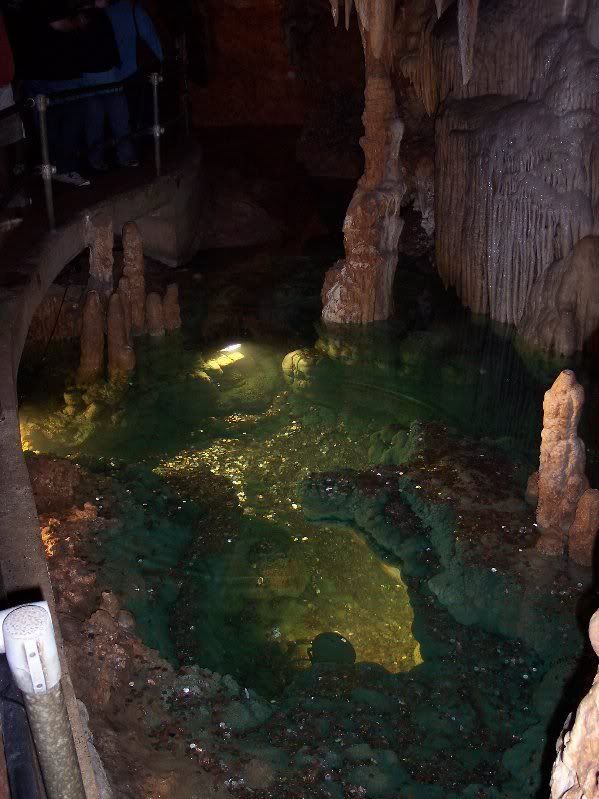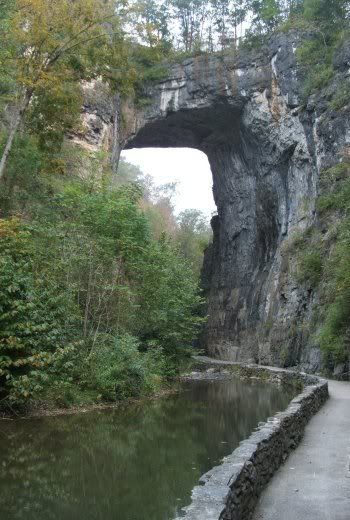
Four amateur cave explorers in Sequoia National Park have discovered a vast cave formed 1 million years ago, a labyrinth that stretches more than 1,000 feet into a mountain and features some of the most beautiful rock formations ever seen.
Millions of crystals along its walls shimmer like diamonds. Translucent mineral "curtains" hang from the ceiling. Flowstones that resemble spilled paint dot the floor. A lake that might be 20 feet deep fills one of the cave's five known rooms, and passages leading into darkness suggest there is still much more to see.
The discovery has excited geologists and cave explorers nationwide because although caves are discovered with almost mundane regularity -- 17 of the 240 caves in Sequoia and Kings Canyon parks have been found since 2003 -- it is rare to find one so grand. The cave, named Ursa Minor, has been called one of the most significant finds in a generation.
"There are things in this cave that could really open windows into our knowledge of geologic history and the formation of caves throughout the West," said Joel Despain, the parks' cave manager. "We're just beginning to understand the scientific ramifications of this."
Park officials will not pinpoint the cave's location, saying only that it is in the Kaweah River watershed and will probably never be open to the public. Explorers from the nonprofit Cave Research Foundation discovered it on Aug. 19. Through good luck and better eyesight, they happened upon Ursa Minor while headed to lunch.
While most people envision caves as big holes in the ground, cave mouths are usually quite small -- in this case, about the size of a softball. Scott McBride, an explorer from San Andreas (Calaveras County) who has discovered 50 caves since 1994, spotted it, loosely filled with dirt and rock. Fissures around the opening, something a casual observer would miss but a seasoned caver knows might suggest a cave entrance, suggested it was worth a closer look.
"It looked interesting to me, so I broke out my flashlight," he said. "Sure enough, I could see darkness in the hole, which is a good sign."
He kept digging, and when the mouth was just big enough, he poked his head inside. The hole kept going, so he called out to his colleagues to bring shovels. Within a couple of hours, they'd opened up a hole big enough for McBride to squeeze through.
He scooted 25 feet or so down a slight incline, his headlamp lighting the way. He landed in a room so big he couldn't see the other side.
"By that point, I could see that it went back at least 35 feet, and I thought, 'OK, this is a cave,' " he said. "I knew pretty quickly that this was significant."
McBride climbed out to tell his friends. They went for lunch and returned with climbing gear. After 90 minutes of digging, they'd opened up a bigger hole. McBride went first, followed by Mike White.
They made it to the room McBride had already seen, turned a corner and discovered the passage descended 90 feet straight down. Excited, they rappelled into the void, their headlamps lighting the way. They called back to their colleagues, Allen Hager and Tom LeFrank, from the bottom.
No one heard them. They were too far down.
"They'd been yelling at us for 10 minutes, and we couldn't even hear them," said Hager, a caver from Los Angeles.
When they finally got the word, they too went into the hole. The four men spent about an hour exploring the cave in awe before climbing out to alert park officials.
"I was absolutely floored," Hager recalled. "Stunned."
Cavers have a tradition of allowing the person who discovers a cave to name it, and McBride chose "Ursa Minor" because they found a bear skeleton inside and because the cave shimmers like the stars of the Little Dipper.
"I've never seen a cave sparkle like this one," McBride said. "When you shine your light around the room, all the facets reflect your light like a million diamonds."
The four explorers have joined Despain and other geologists in mapping the cave, but they haven't found the end. The cave features five rooms -- the biggest is about 200 feet wide and 50 feet tall -- and at least five leads, or passages, leading farther underground.
"We think we've seen about 1,000 feet of cave passage, but there are areas we can see but haven't explored," Despain said. "We don't know how big this cave is or how much more there might be."
Those who have seen Ursa Minor -- only a dozen people have been allowed in -- said the most impressive thing about it isn't its size but its features. The floor is covered with stalagmites and flowstones that Despain said look "like someone poured taffy on the floor." Thin, hollow stalactites called soda straws hang from above; the longest are 6 feet.
There are long, thin blades of rock called cave curtains, which are formed by water flowing from overhangs. Some are translucent; others are red, orange or brown. Here and there are piles of cave pearls, calcified balls of sand as large as cherry tomatoes.
"You stand in one of these rooms and it's just jaw-dropping," Despain said. "It's just beautiful."
The cave is littered with animal skeletons and teems with spiders, centipedes, millipedes and other invertebrates. Experts believe Ursa Minor will feature unique species found nowhere else, adding to the 27 never-before-seen species discovered during a recent study of invertebrates in the park's 239 other caves.
Park officials are inviting experts in various fields from throughout the West to help explore the cave, and many are jumping at the chance to visit a pristine cave and see a portion of the Sierra Nevada from the inside.
"Ursa Minor is a very important discovery that likely will help us to understand how caves in the Sierra Nevada form, and perhaps even tell us something about the mountain range itself," said Greg Stock, a geologist at Yosemite National Park who is among those invited to tour the cave.
For now, the top priority is thoroughly mapping the cave and installing a gate at its mouth to keep sightseers and vandals at bay. No more than a few dozen people will ever see Ursa Minor, and those who have said they'll never forget it.
"It was exhilarating and overwhelming," McBride said. "You constantly look for these things, and cavers always joke about finding the big one. To find the one we always joked about is just amazing. This is the creme de la creme of finding caves."
I love caverns.
Going into a cavern is the closest thing I have ever experienced to being on another planet - it's a landscape unlike anywhere else on earth. It's like seeing exotic tropical fish for the first time, in a salt water tank or diving in the ocean. Or a peacock.
There are caverns all over the country that have been developed for tourists, with comfortable walkways and ramps - even those who are disabled can enjoy them.
My favorite one is Luray Caverns in Virginia:

Deep inside Luray is the `StalacPipe Organ,' a man-made wonder that everyone should experience before they shuffle off this mortal coil.
Luray has an extra attraction for American history junkies: On the grounds above the caverns is `Natural Bridge':

It's spectacular on its own, but it also boasts some cool `graffiti': In 1750, young George Washington surveyed the Natural Bridge site for Lord Fairfax. Landmarks remain of the work and on the wall of the bridge where he carved his initials.
For more, visit `Virtual Cave.'
Filed under: cavern, culture, George Washington, Natural Bridge, environment

No comments:
Post a Comment